You love the look and sweet smell of your rose bushes. And while it’s somewhat painful to cut them back every year, you know you need to prune them or they’ll go wild. It’s more than aesthetic, however. Pruning also helps prevent diseases, allows better air circulation, and brings the payoff of more robust flowers during the season. That is, if you do it right. Just like many other things, pruning roses demands the proper timing and method for the best results.
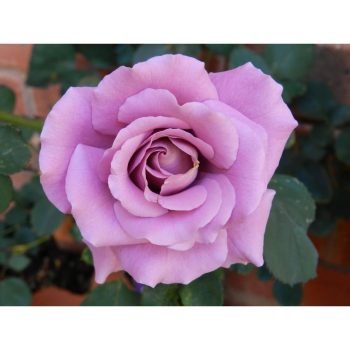
1. Things to Know Before Pruning
Before you start following the steps, there are a couple of things you’ll need to know. First, learn to identify the eye of the bud, where stems grow out. You’ll make your cuts right above this point, which is just above where a mature group of leaves has grown. Also, make sure you have a sharp and clean set of pruning shears, so you can avoid crushing stems and spreading disease.
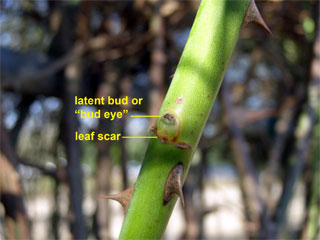
2. Making Your Cuts
You’ll want to make every cut on a 45-degree angle, about 1/4″ above a bud eye. This helps water to run off from the cut edge. When a cut is made, the rose bush will direct growth to the closest bud, resulting in a new shoot where the cut is made. Select bud eyes for pruning that face outward, so new shoots will not grow toward the center of the rose bush. (Shoots that grow toward the center can’t grow as effectively and will compromise air circulation.)
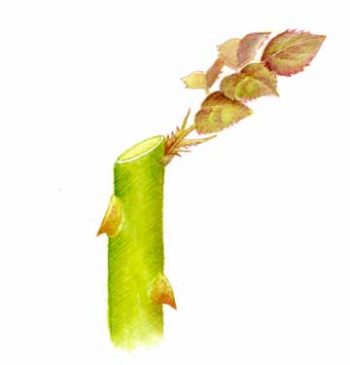
3. How Much to Prune
For most gardeners, moderate pruning is best. If you’re looking for a larger bush with smaller flowers, you can prune less. On the other hand, cutting back more than half of the plant can result in larger, show-worthy blooms. But if you simply want to keep your rose bushes healthy and enjoy plenty of gorgeous flowers, you’ll want to meet in the middle.
Focus on pruning out any dead or diseased canes (or branches), cutting away any damage. Cut canes that cross the interior of the plant, or that seem weak. Also, any “suckers” or shoots can come from under the swollen base of the plant should be removed. On healthy remaining branches, a good rule of thumb is to cut about 1/3 of last year’s growth.
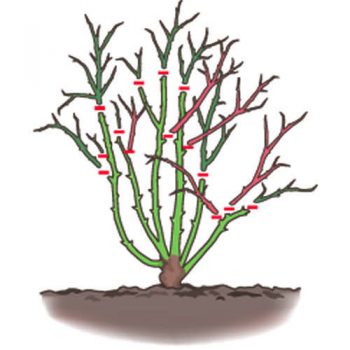
4. After Pruning
If you like, you can use a sealant on each cuts as a protective measure. This is an option, but not usually necessary if you’ve pruned correctly. Dispose of any diseased cuttings in your green waste container, as composting them could spread disease.
To maintain a healthy growing season, lightly cut back any dead or dying flowers to promote more blooms. Get rid of any canes that look unhealthy or seem to prevent air circulation. A well-pruned rose bush will look similar to the one below: no congestion in the center, moderate height, and plenty of room for air to move about. Now go forth and prune!
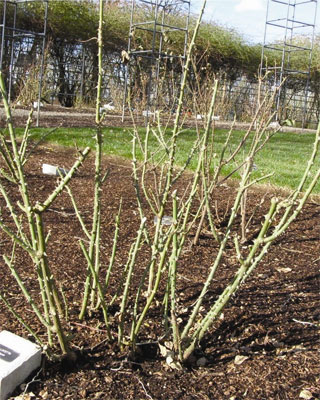

I have read so many articles or posts but this article of writing is in fact and awesome post, keep it up.
This is a great article about how to prune, but it never answered the question about when. That’s what I need to know….spring or fall?
Early spring is ideal!